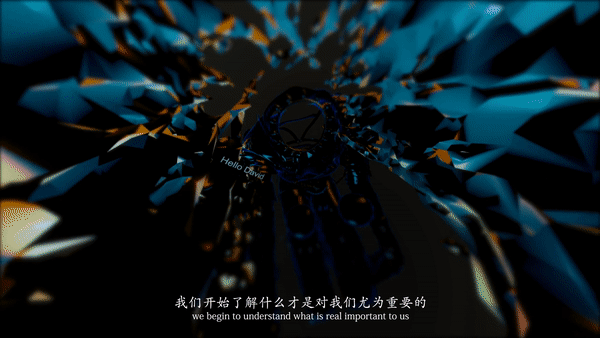- Play video
Always I Distrust, 2020
Mixed media: ERC-721 token, VR and video
Ed. 2/6
Seemingly referencing an aftermath, the indiscriminate list of recipients reverberates across a cybernetic city network. The capricious emotional states of people in the current world are embodied by acclaimed actor, Carina Lau, who morphs between characters. Pandemic regulations dictated Lau and Ran collaborate remotely for Always I Distrust, an experience which Lau terms “new and special” hoping to “use modern technology, as well as my personal experience and feelings, to produce a work that resonates with the audience.”
Always I Distrust is commissioned by K11 Art Foundation and VIVE Arts, and presented in partnership with, VIVE Arts, a global arts initiative that empowers artists to experiment with immersive technologies to create ground-breaking digital art.
About Cheng Ran
Born in Inner Mongolia, China, the artist participated in the artist residence programme at
the Royal Academy of Visual Arts in the Netherlands from 2013 to 2014. He founded the
art space, Martin Goya Business, in 2017.
As a representative of China’s new generation of video and cross-media artists, Cheng Ran has
been trying different artistic forms including film, poetry, drama, novel, and installation, etc.
Relying on his vibrant mindset, sometimes detached and more often experimental spirit, he is
especially good at changing the sense of space, structure and one’s conception towards the original
object by undefined use of materials. The switch between texts and visual language created by
the artist, allows the audience to float between reality and imagination, presenting the poetics
of nihilism. In fact, the artist re-patches aesthetic elements as such into his own unique artistic
language. His works in general reflect on the existential state of the Chinese young generation
under the impact of political and cultural globalization. From these works, we can see that the
artist doesn’t pay much attention to the issue of “identity”, but more to discovering new values
from diverse cultures brought by globalization. It seems that the artist’s self-judgment can’t be
easily spotted, while this largely speaks of his autonomy in artistic creation. We can also find this
distinguished feature in many of Cheng Ran’s works, which always reflect his deep thoughts on
universal themes including boundary, distinction, and even confrontation, marginalization, etc.
in an all-round way.
Cheng Ran’s works have been featured in numerous biennials, group exhibitions and film
festivals, including Sydney Opera house (2019); FRONT International: Cleveland Triennial for
Contemporary Art An American City (Transformer Station, Cleveland, 2018); Art Institute of
Chicago, Chicago, 2017; The 63rd International Short Film Festival Oberhausen (Oberhausen,
2017); China Remixed Initiative (The Media School of the University of Indiana, Indiana, 2017);
Time Test: International Video Art Research Exhibition (CAFA Art Museum, Beijing, 2016);
SALTWATER: a Theory of Thought Forms, the 14th Istanbul Biennial (2015); When I Give, I
Give Myself (Van Gogh Museum, Amsterdam, 2015); Inside China - L’Intérieur du Géant (chi
K11 art museum, Shanghai, 2015; K11 Art Foundation Pop-Up Space, Hong Kong, 2015; and
Palais de Tokyo, Paris, 2014); the 8th Shenzhen Sculpture Biennial (Shenzhen, 2014); Decorum:
carpets and tapestries by artists (Power Station of Art, Shanghai, 2014); ON|OFF: China’s Young
Artists in Concept and Practice (Ullens Center for Contemporary Art, Beijing, 2013); the 26th
European Media Art Festival (Osnabrück, Germany, 2013); Video Art in China – MADATAC
(Museo Nacional Centro de Arte Reina Sofía, Madrid, 2011); The Third Guangzhou Triennial
(Guangzhou Museum of Art, Guangzhou, 2008) and The Second Chinese New Media Art
Festival (China Academy of Art, Hangzhou, 2004). For the presentation of Inside China in Paris,
Cheng Ran’s video Joss (2013) was projected on the façade of the Palais de Tokyo. For Shanghai
Art Week 2018, the Art021 fair installed a giant inflatable cat by Cheng Ran, The Windy Theatre,
with a selection of works by young artists housed inside. Cheng Ran’s recent solo exhibitions
include New Museum, New York; Ullens Center for Contemporary Art (UCCA), Beijing; Tel
Aviv Museum of Art, Tel Aviv; MAC, Belfast; K11 Art Foundation, Hong Kong.
Details
Contract address:
Token Standard: ERC-721
Blockchain: Ethereum
Metadata: Frozen and decentralized
COA: Verisart Certified






